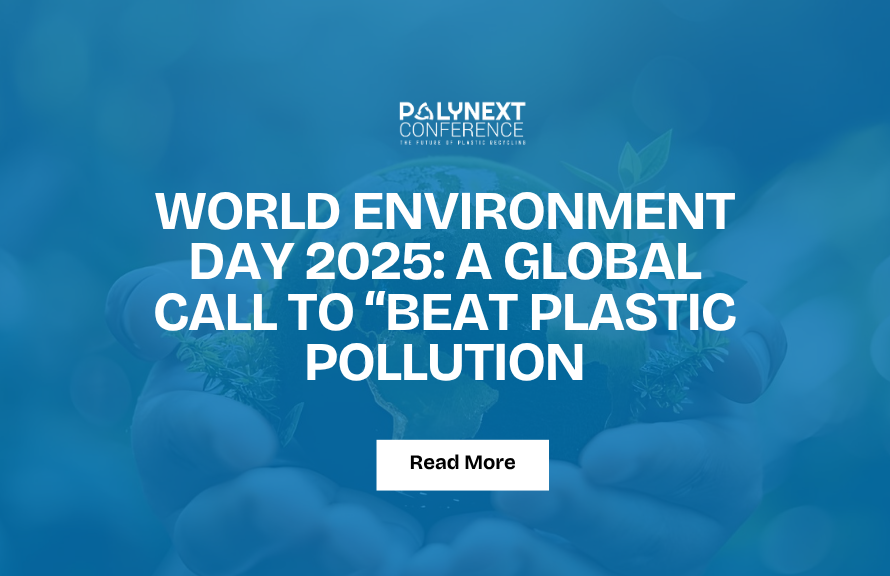Introduction
While epidemics like COVID-19 demand urgent medical responses, they also generate a hidden crisis: an overwhelming surge in plastic waste. From disposable masks and gloves to syringes and PPE kits, the volume of single-use medical plastic skyrockets during such health emergencies. This double-edged crisis—where public health protection comes at the cost of environmental health—demands deeper examination and balanced solutions.
Medical Plastic Surge During Epidemics
Health emergencies amplify our reliance on plastic-based medical supplies. During the COVID-19 pandemic alone, the World Health Organization reported that an estimated 87,000 tons of PPE were shipped globally. Most of this ended up as waste. Hospitals, testing centers, and households generated mountains of used masks, test kits, gloves, and plastic packaging.
The demand for disposable personal protective equipment (PPE)—face masks, gloves, gowns, and face shields—skyrocketed during the pandemic. Most of these items are made from non-biodegradable plastics. Shocking figures underline this trend:
An estimated 3.4 billion face masks were discarded daily at the peak of the pandemic.
Over 1.56 billion face masks were estimated to have entered the oceans in 2020, contributing between 4,680 to 6,240 metric tonnes of marine plastic waste.
Environmental Strain and Waste System Overload
This surge strained already overburdened waste management systems. Many countries, especially those with limited infrastructure, struggled to handle the volume. Safety concerns reduced recycling efforts, while improperly discarded waste made its way into oceans, rivers, and open landfills.
According to a study published in Nature Sustainability, more than 25,000 tons of pandemic-related plastic waste had already entered the ocean by late 2021. This poses a grave risk to marine life and ecosystems.
Lasting Environmental Consequences of Medical Plastic Waste
Plastics used in medical gear are typically non-biodegradable and can persist in the environment for hundreds of years. Once broken down into microplastics, they infiltrate food chains and water supplies, posing health risks to both animals and humans. Additionally, the incineration of medical plastics releases toxic pollutants, contributing to air pollution and climate change.
Toward Resilient and Sustainable Healthcare Systems
Balancing the urgency of infection control with environmental sustainability is essential. Several strategies are emerging to address this challenge:
Eco-Design of Medical Products: Development of biodegradable PPE and reusable equipment without compromising safety.
Improved Waste Segregation: Proper sorting of medical versus general waste to enable safer disposal and recycling.
Green Procurement Policies: Encouraging hospitals and health institutions to source from environmentally responsible manufacturers.
Public Awareness and Education: Campaigns should promote not just proper disposal, but also awareness of eco-friendly alternatives.
Support for Innovation: Incentives for startups and research institutions to develop sustainable solutions in healthcare waste management.
Conclusion: Toward Greener Solutions at PolyNext 2025
The surge in plastic waste during epidemics highlights the urgent need for sustainable innovation in materials and waste management. As we move forward, events like PolyNext 2025 serve as crucial platforms for driving this change. Bringing together scientists, policymakers, startups, and industry leaders, PolyNext 2025 aims to spotlight cutting-edge solutions—from biodegradable medical materials to circular economy models—that can help us better prepare for future crises while protecting the environment.




